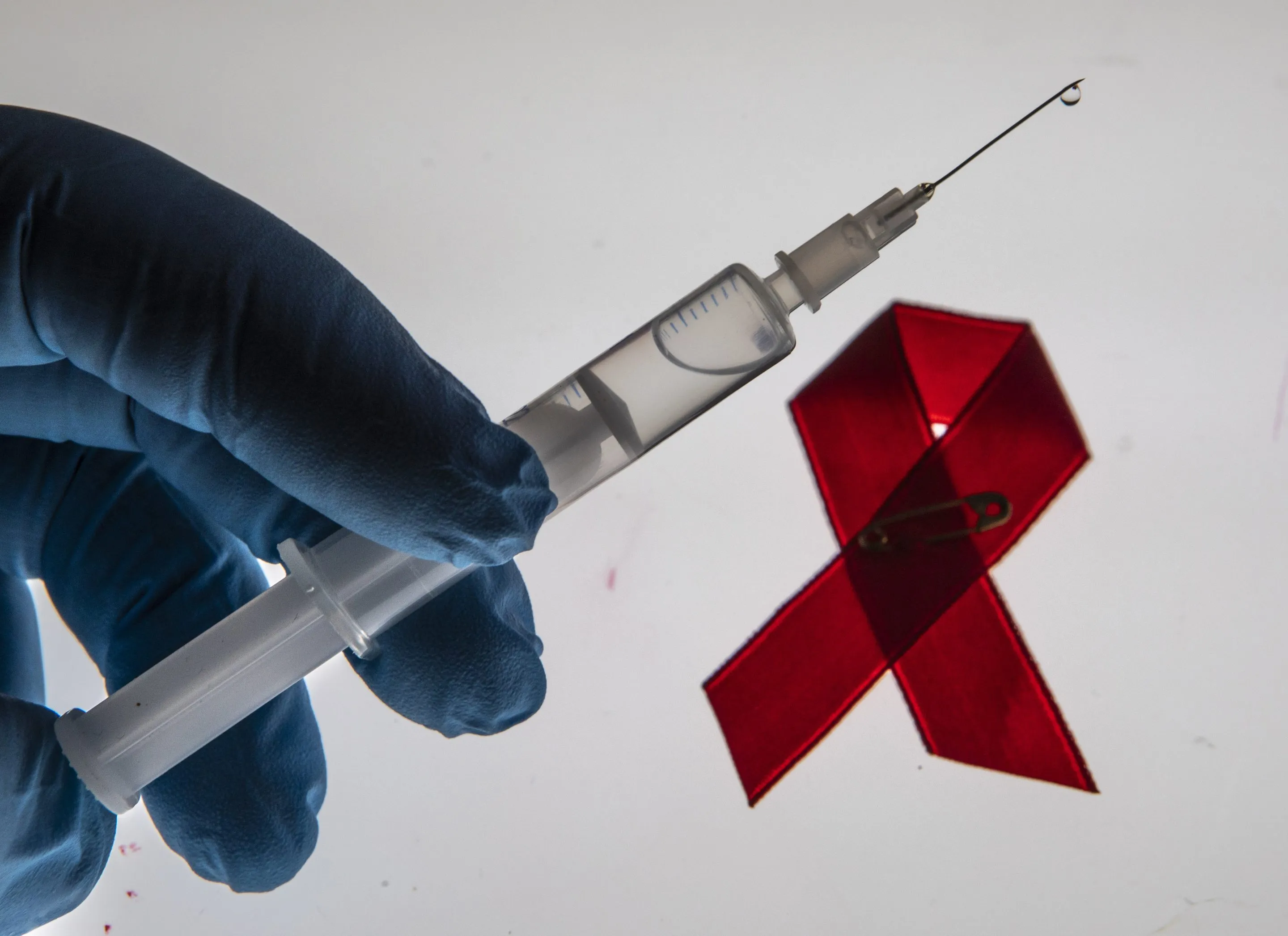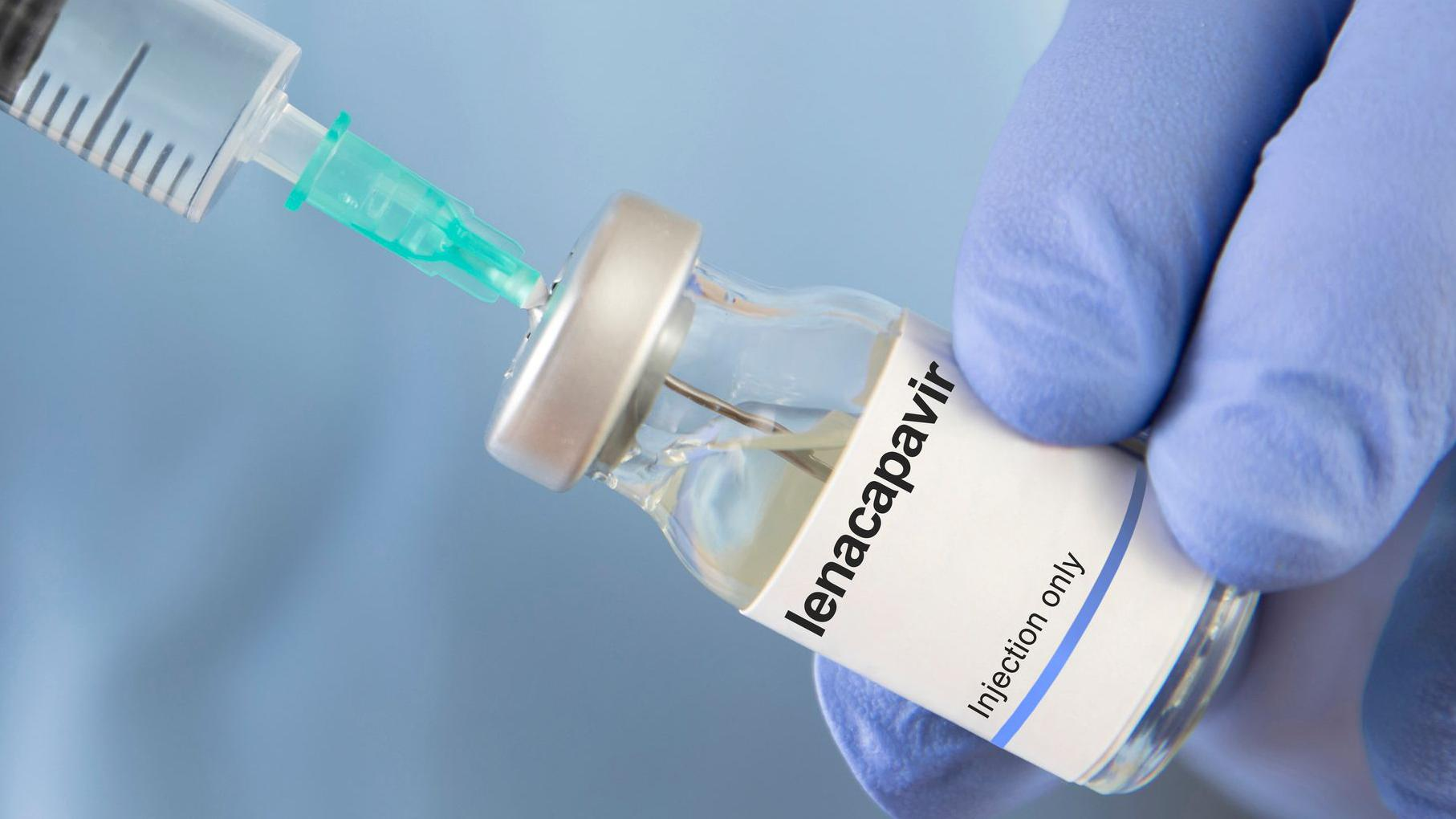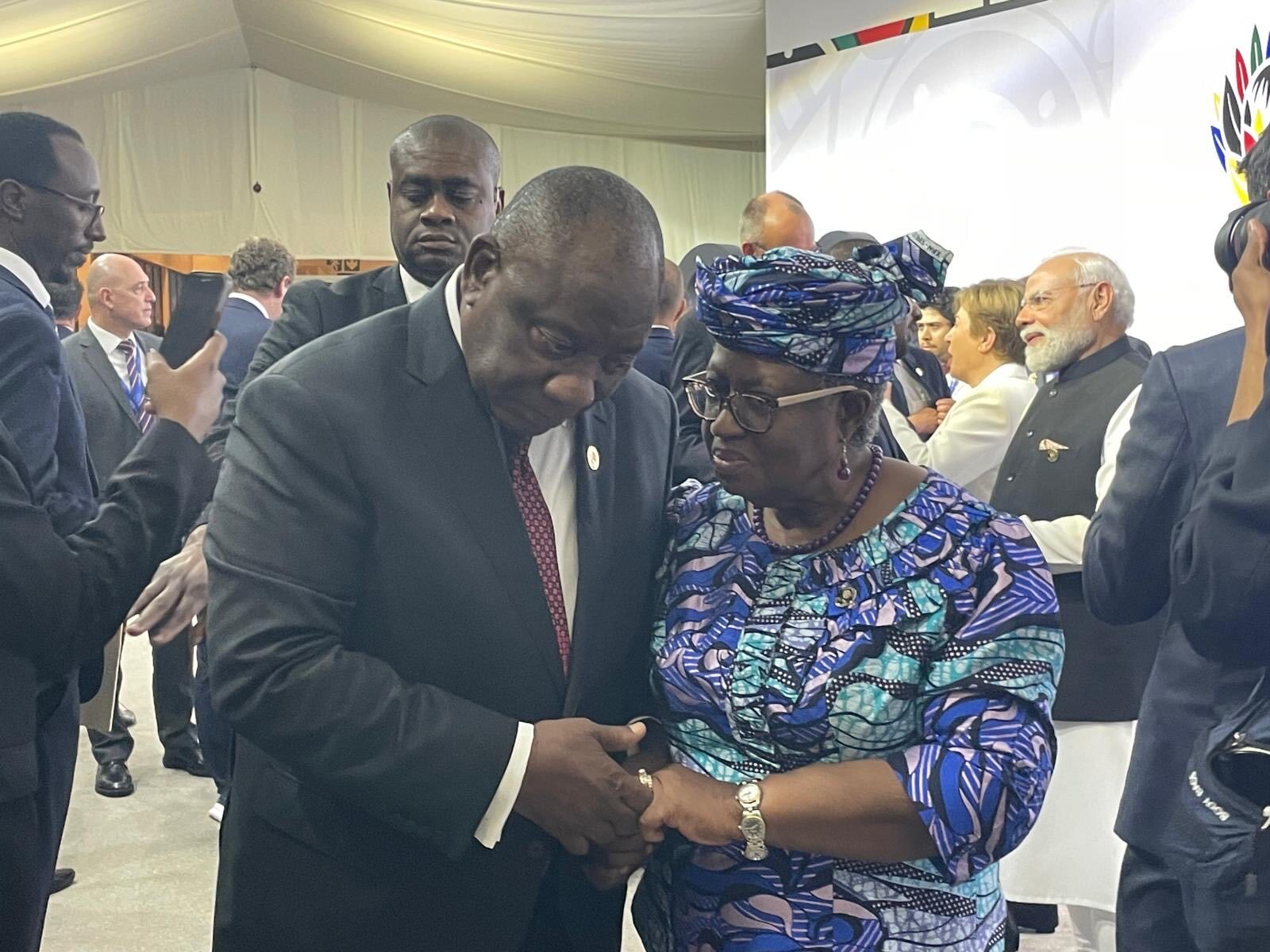South Africa Prepares to Roll Out the HIV-Prevention Injection Named Lenacapavir

Here we go—big stuff brewing in South Africa’s battle with HIV. Honestly, you can almost feel the mix of hope and “wait, are we really doing this?” in the air. Lenacapavir, this new twice-a-year HIV prevention shot, is about to hit the scene. If all goes to plan, we’re talking April 2026 for the big launch. People are cautiously amped, especially in the communities who’ve carried the brunt of this epidemic for, well, forever.

This drug isn’t just another pill to pop. Nah, it’s a game-changer. Instead of that daily routine (which, let’s face it, can be a pain and easy to slip up on), you get a shot every six months. Boom—protected. The science behind it is wild; trials in southern and eastern Africa showed almost no new infections for people who kept up with the shots. But—hey, real talk—the science is only half the story here. For tons of South Africans, this is about dignity, relief from judgment, and finally catching a break after years of fighting.
Aaron Motsoaledi, the Health Minister, called this rollout a “critical milestone.” The guy’s not wrong. Especially for young women and girls, who, by the way, are still getting hit hardest. I mean, we’re talking 150,000 new infections in South Africa just last year, and most were young women between 15 and 24. The hope? Get this injection out there, make it affordable, and maybe—just maybe—start turning those numbers around.
The plan’s already moving: 23 districts, six provinces, and over 350 clinics gearing up to offer the shot. There’s cash flowing in from the Global Fund and NACOSA to get things rolling. Between 2026 and 2027, they’re aiming for 456,000 folks on treatment—nearly a million doses in two years. That’s no small feat.
But, come on, it's never that simple, right? There's a bit of frank talk about shortages at the outset—i.e., don't hope for miracles in every rural town or overcrowded township overnight. And then there's the grunge work: keeping the vaccine chilled, vaccinating personnel, keeping patients under watch—basically, all the unspectacular things that can make or break it. So yeah, hopes are high, but nobody's wearing rose-tinted glasses just yet.
Hope Meets Hard Reality
So, South Africa’s buzzing about this new shot—Lenacapavir. People are pumped, for good reason, but let’s not kid ourselves: things get messy fast once you zoom out from the headlines. First up, the money problem. Sure, activists squeezed the price down to forty bucks a pop for countries that really need it, but even that’s no small ask. The national HIV budget’s already held together with prayer and duct tape, and now here comes another bill. Some health economists are basically waving giant red flags—unless there’s steady cash from inside the country and outside donors, a lot of people could get left out.
And let’s talk about red tape. The South African Health Products Regulatory Authority—SAHPRA, if you’re into acronyms—has to sign off before a single arm gets jabbed. They say they're acting fast, but you know how the bureaucracy is: "expedited" can still mean months of delay. Meanwhile, there's a mad dash to get the word out, fight conspiracy theories, and reassure people (especially in rural areas) that this is not some crazy foreign plot. There's always someone's WhatsApp uncle running wild with crazy rumors about shots.Social stuff? Oh, it’s huge. For a lot of people, especially those already getting a raw deal—think women in informal settlements, LGBTQ+ folks, sex workers—an injection every six months could mean less side-eye and stigma than daily pills. Nobody wants their pill bottle outing them, right? But let’s not pretend a magic shot solves deeper crap. It’s still about who the system actually reaches. One health worker in Jo’burg nailed it: “Medicine’s just part of it—access is about who gets seen, who gets heard.” And too often, it’s the same people left out in the cold.
Still, you can’t ignore the vibes here. There’s hope, yeah, but also a reminder that rolling out new science is never just about science. The government’s trying to juggle international deals, smart targeting, and some good old-fashioned public education—stuff they learned the hard way with early HIV drugs. Whether it actually works for everyone this time? Well, we’ll see. It all comes down to whether they keep things open, messy, and real. Otherwise, it’s just another shiny promise.
Looking Ahead: Science, Equity, and Trust
Honestly, it’s not the press conferences or policy documents that’ll stick with most South Africans. It's the daily things. Like, for a KwaZulu-Natal teen girl, Lenacapavir might mean she no longer has to live in terror every time HIV is on her mind. For a sex worker hustling in Cape Town? Way fewer awkward clinic visits, and maybe, just maybe, less side-eye and judgment from healthcare workers. On a bigger scale, this drug hints at a new era—one where the health system actually gives a damn about people’s choices, dignity, and just getting access without jumping through hoops.

But, before anyone starts throwing a parade, the experts are yelling, “Don’t pin all your hopes on this one shot!” (And yeah, they’re right). Some epidemiologist from Wits said, “The injection won’t end HIV by itself. It’s just one option, and only works if people actually trust it.” That trust? Gonna take more than glossy pamphlets. We’re talking real conversations in communities, honest data, and not ditching the basics—like condoms and actual sex ed. Those things still matter. A lot.
Seemingly, by the year 2027, South Africa plans on rolling out generic Lenacapavir, making it affordable, and making it available everywhere. If they succeed in doing that, they might just set the tone for the rest of Africa. Kenya, Uganda, Nigeria—they're all watching and, let's be fair, likely taking notes.
Bottom line: Lenacapavir is more than merely a new medicine. It’s South Africa refusing to stay stuck in the past. This country’s been through hell with HIV, but it keeps pushing forward, still trying new things. Whether this ends up as a game-changer or just another “almost” moment? That’s gonna come down to more than science. It’s about leadership, fairness, and whether people actually believe the health system’s got their back.
You may also like...
10 Life-Changing Things Every Man Should Try

Relax back and read this heart-warming article outlining ten transformative life choices every man should make to build ...
10 Most Innovative African AI products That Made Big Waves in 2025

A look at the most innovative African AI products launched in 2025, from app builders and learning companions to voice ...
Beyond Holy Wars: The Realities of the Christian Crusades in Medieval Europe

An eye-opening commentary on the Christian Crusades beyond religious narratives, revealing the political ambitions, viol...
Lord Lugard: Architect of Modern Nigeria or Colonial Contriver?

Remembering Lord Lugard: A look at how his indirect rule and the 1914 amalgamation shaped Nigeria’s governance, regional...
The 1887 Betrayal: How Jaja of Opobo Was Taken From His Kingdom

A retelling of the 1887 betrayal of King Jaja of Opobo, seeing how diplomacy, power, and colonial ambition led to one of...
How a “Wrong” Admission Helped Ifeoluwa Garba Tap Into a $45.15 Billion Industry

Denied his dream course, a Nigerian student turns agricultural waste into patented biodegradable bags, building Ecobag M...
You Don't Hate Your Job, You Just Haven't Met a Boss Like Mr. Mark

Not all bosses are bad. Today we’re loud about the proof: celebrating Mr. Mark Odigie, the leader who breaks the toxic b...
Facing the Cyber Threat: Nigeria Is Securing Its Digital Future in 2025

Nigeria faces a surge in cyber threats in 2025, but the country is responding with strategic measures, awareness campaig...



